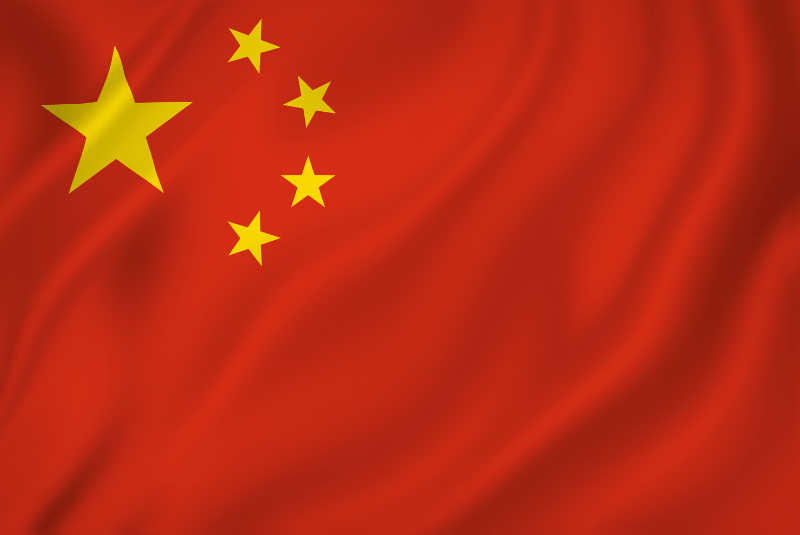What is Traditional Chinese Medicine (TCM)?
The word "traditional" connotes ancient, timeless wisdom—and it is from this connotation where Traditional Chinese Medicine, or TCM, gets its name, even if what it implies isn't exactly true.
Chinese medicine—which, confusingly, is sometimes (especially outside of China itself) called traditional Chinese medicine (with only the proper noun “Chinese” capitalized)—can indeed be traced back to ancient China. But it wasn’t passed down through the ages in a time machine, unsusceptible to the various historical influences that shape any medicine. Chinese medicine encompasses a diverse array of theoretical frameworks that can be drawn upon, in isolation or combination, to inform the practice of acupuncture and associated therapies. TCM is only one such framework, and a fairly recent one at that.
Contrary to many claims on the internet, including by acupuncturists, TCM has not been around for thousands of years. TCM was constructed by the People’s Republic of China, which was formed in 1949, as a standardized, modernized form of its heterogeneous, older cousin. The TCM moniker “was created in the mid-1950s for use in foreign-language publications only with the explicit aim of generating a certain perception of Chinese medicine in the West.”1(p3)
This is not to say that TCM is an inferior approach to acupuncture and associated therapies. However, TCM is intimately intertwined with the professionalization of Chinese medicine in the United States, which, while helping to legitimize acupuncture and associated therapies in the eyes of more Americans, also led to the marginalization and even arrest of Asian-American practitioners who had received extensive training in Chinese medicine but not in American-accredited institutions.2
At this point you might be wondering if we use TCM at Midtown Acupuncture, and the answer is: yes, when it’s useful. Some acupuncturists claim that the distinguishing characteristic of TCM, a diagnostic process called pattern differentiation, is the true essence of Chinese medicine, and that acupuncture without this characteristic can't possibly be "real" acupuncture. Some other acupuncturists, meanwhile, claim that TCM marks a departure from the true essence of Chinese medicine, and that it can't possibly be involved in "real" acupuncture. But this predicament actually has a very simple solution, one rooted in the heterogeneity that is fundamental to Chinese medicine: “There is no such thing as ‘real’ acupuncture. There’s just acupuncture done different ways in different times and places, for different reasons.”3(p5)
References Cited
Scheid V. Chinese Medicine in Contemporary China: Plurality and Synthesis. Durham, NC: Duke University Press, 2002.
Phan T. American Chinese Medicine. Thesis. University College London; 2017.
Rohleder L. Punking: The Praxis of Community Acupuncture. Portland, Oregon: People’s Organization of Community Acupuncture; 2018.

